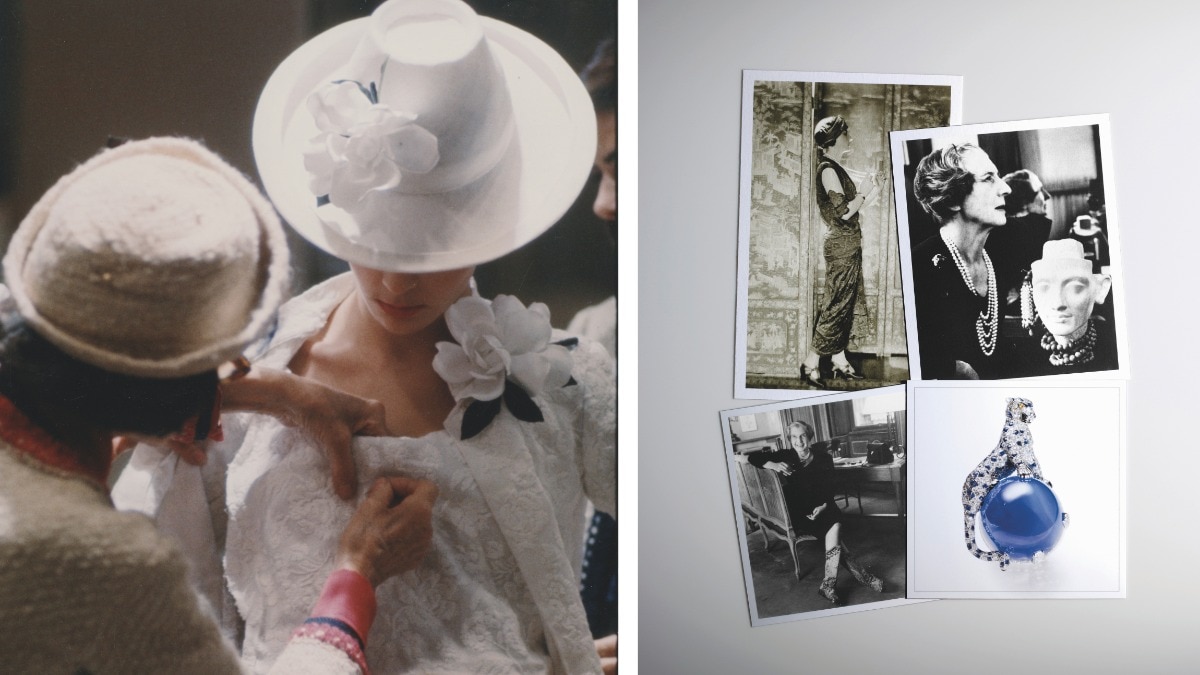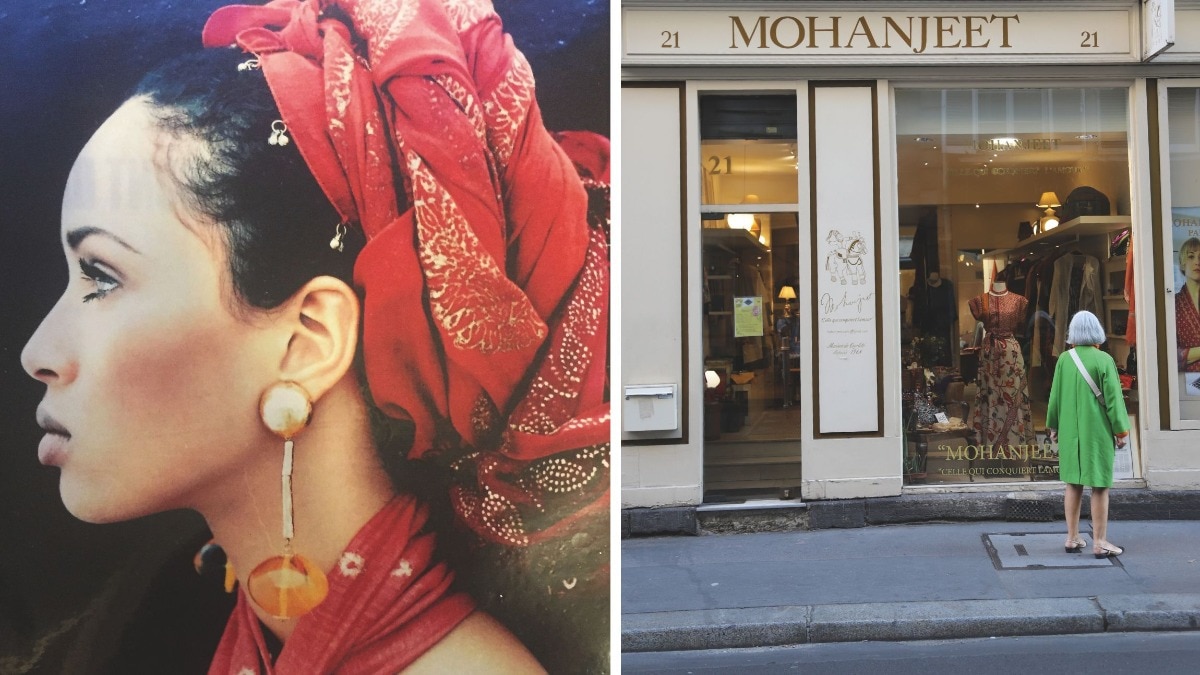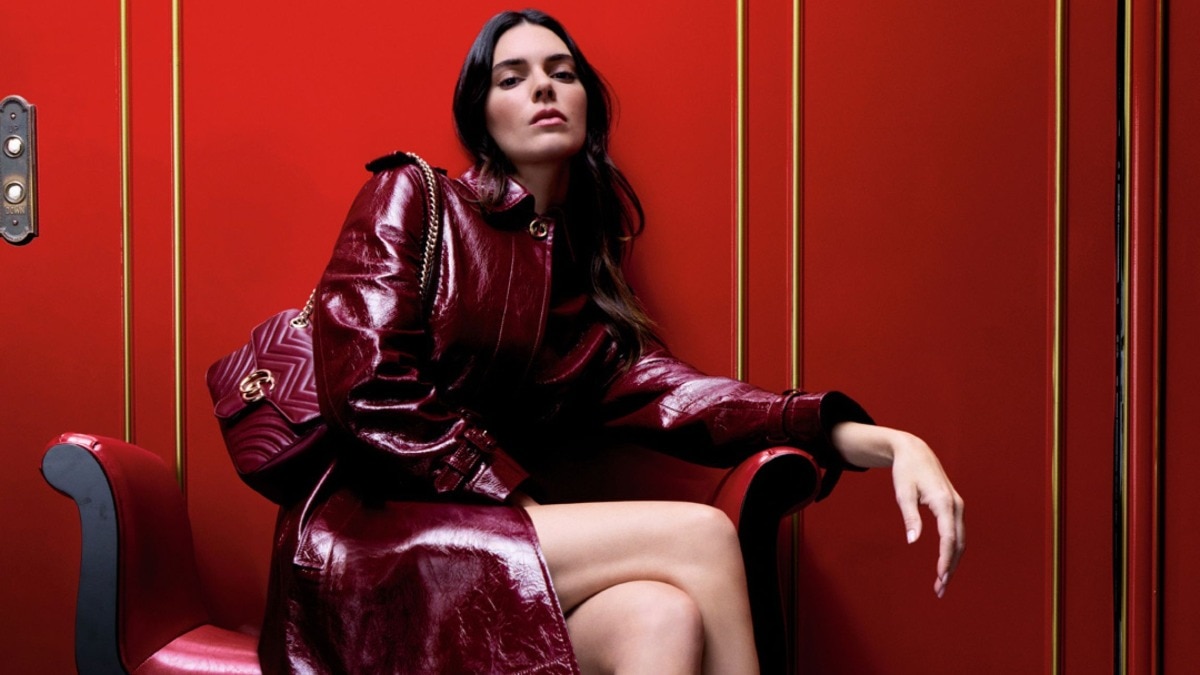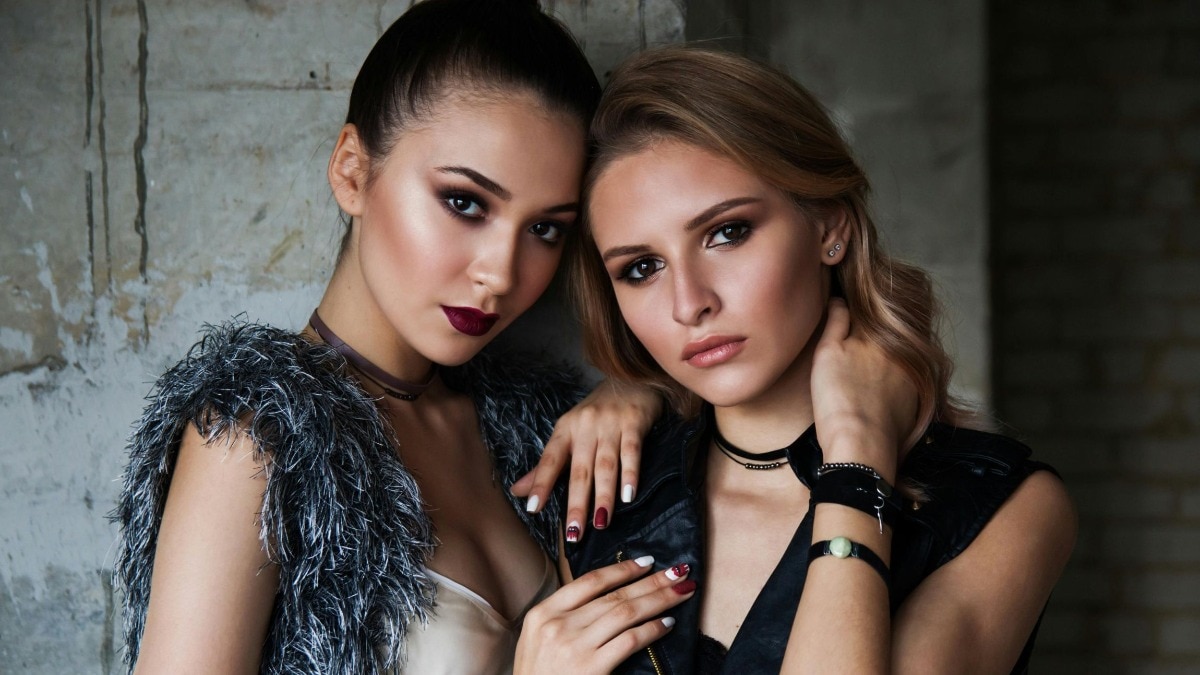
From panthers to serpents, how timeless icons became fashion’s most enduring symbols
Uncovering the tales behind the iconic logos of some legendary brands.


Luxury logos often embody more than just style—they tell rich stories of heritage and artistry. Cartier’s panther, inspired by a safari, and Bulgari’s serpentine symbol are icons with deep roots. Chanel’s camellia too, started off as a simple belt decoration but has since become a timeless emblem of elegance. Closer to home, Sabyasachi’s Bengal tiger symbol is rooted in Indian tradition, further illustrating how brand iconography evolves and endures. Read on as we deep dive into the captivating tales behind some of the legendary brands and their iconic symbols.
CARTIER, PANTHÈRE

In 1913, painter George Barbier was commissioned to draw an image to reflect a modern, worldly, and alluring woman for an invitation card for a Cartier jewellery event. The result? Dame à la Panthère—an image of an elegant model, adorned with sautoir necklaces and pearls with a sleek black cat at her feet. This was the first connection between Cartier and its iconic animal: the panther. Legend has it the fine jewellery director of Cartier, Jeanne Toussaint (known to have famously worn a full-length coat made of panther fur), and Louis Cartier were inspired after spotting a panther on a safari. Over the years, Cartier’s history has become spotted with references to the majestic feline. From The first three-dimensional Cartier Panthère created in 1948 for the Duchess of Windsor, to its sleek use in the shape of the house’s La Panthère Eau de Parfum bottle, it is an emblem that leaps through history.
BULGARI, THE SERPENTI

Transformation, metamorphosis, reinvention—Bulgari’s totemic snake symbol has captivated the imagination of cultures, countries, and historical figures alike, including Cleopatra, the queen of Egypt, who favoured sinewy snake jewellery. Through time, the serpent’s second-skin quality has curled its way around Bulgari’s necklaces, bracelets, rings, and watches where the dial comes discreetly placed in the mouth of the serpent. The influential Diana Vreeland, the fashion editor of Harper’s Bazaar US, was known to wear a striking Serpenti belt audaciously looped twice around her neck. But it was actress Elizabeth Taylor who made the Bulgari Serpenti famous in the 1960s when she bought a Bulgari Serpenti watch in Rome while filming Cleopatra—an apt choice for the role she was embodying.
CHANEL, CAMELLIA

The precious flower first appeared on Mademoiselle Chanel’s early designs after she pinned it to the belt of a chiffon dress in 1923. The delicate flower, with its pure white petals and graceful silhouette, is native to Eastern and Southern Asia, particularly China, Japan, Korea, India, and Indonesia, and captured the designer’s imagination when she first came across it in a play at the age of 13. She later saw it worn by French novelist Marcel Proust and his league of dandy gentlemen as a symbol of refinement on their lapels. The first camellia-inspired designs appeared in Chanel’s 1923 collection, embroidered onto dresses and jackets, and used as a motif in jewellery. Through the years, the camellia has endured its creative legacy, reimagined in different fabrications—from denim, tweed, and sequins to pearls, opal, and ruby.
GUCCI, HORSEBIT

The horsebit (a miniature version of the metal rings on a horse’s bridle) was created in 1953 by Guccio Gucci’s sons— Aldo, Rodolfo, and Vasco—as an homage to their late father’s love of equestrian motifs. They applied it to the now-iconic Gucci loafer, and it came up again two years later on a bag, and thus the Gucci Horsebit 1955 bag was born. Their father, who spent his time working at The Savoy hotel in London, picked up his love for all things equestrian while riding the elevator with the English racing set. Over the years, the curves of the hardware clasp have been revisited by each creative director of the house. Sometimes supersized, or just reprised, it has become the brand’s greatest iconography to date.
SABYASACHI, THE BENGAL TIGER

“The first time I stared back into a tiger’s eyes was at Calcutta’s Alipore Zoo. I was six years old,” says Sabyasachi Mukherjee about the inspiration for the royal Bengal Tiger that has become the chosen emblem for his couture house. For hundreds of years, the tiger has represented bravery, vigour, and safety. In Hindu mythology, tigers are commonly used to represent goddess Durga, symbolising her protective and ferocious demeanour. Tigers have also been portrayed in a number of Indian artworks, fabrics, and sculptures, illustrating their importance in contemporary history. From belts and minaudière to haute joaillerie, the prowling tiger is seen on select pieces in the Sabyasachi oeuvre. It has become synonymous with the brand’s deep-seated Indian heritage and unique global language.
GUERLAIN, THE BEE

Guerlain’s bee symbol, introduced in 1853, is more than just a decorative motif—it’s a nod to the beauty and skincare brand’s long-standing heritage and environmental commitment. Originally featured on the “Bee Bottle” designed for the original Queen Bee—Empress Eugénie, the wife of Napoleon III—the symbol created a lot of buzz. What many don’t know is that the bee also reflects Guerlain’s dedication to protecting biodiversity, aligning with its mission for sustainable beauty. Today, the bee continues to be a powerful symbol, bridging the brand’s storied past with its modern focus on ecological responsibility and innovative craftsmanship
This article originally appeared in Harper's Bazaar India, September 2024, print edition.
All images: The brands
Also read: How Manish Malhotra, Sabyasachi, and others have re-introduced Indian fashion on the global stage
Also read: Uncovering hidden stories behind the world’s most iconic watch brands










